Retro Replay Review
Gameplay
Dreamfall: The Longest Journey builds on its predecessor’s adventure roots by blending traditional point-and-click exploration with occasional action-oriented sequences. Players primarily guide Zoë Castillo through richly detailed environments, interacting with objects, examining clues and solving puzzles that range from inventory-based conundrums to dialogue-driven enigmas. The controls, while reminiscent of earlier adventure titles, feel intuitive and responsive, allowing for a smooth pace as you uncover the game’s layered narrative.
(HEY YOU!! We hope you enjoy! We try not to run ads. So basically, this is a very expensive hobby running this site. Please consider joining us for updates, forums, and more. Network w/ us to make some cash or friends while retro gaming, and you can win some free retro games for posting. Okay, carry on 👍)
One of Dreamfall’s standout features is the “focus field,” which grants Zoë the ability to scan her surroundings for hidden items, overhear conversations and piece together subtle hints. This mechanic not only enriches puzzle design but also deepens immersion: using the focus field, you feel more like an investigative agent uncovering secrets rather than just a puzzle-solver clicking on hotspots. It encourages exploration and rewards curiosity, making backtracking less of a chore and more of a rewarding journey.
Combat is relatively limited compared to dedicated action titles, but it introduces meaningful choices. In a handful of encounters, you can choose to draw a weapon or defuse conflict through dialogue or stealth. While these segments can feel a bit rough around the edges, they effectively break up the exploration and add tension, forcing you to weigh the consequences of aggression versus diplomacy. It’s a welcome change of pace, even if the fighting mechanics themselves are serviceable rather than outstanding.
Across 13 chapters, Dreamfall’s pacing strikes a careful balance: puzzles never overstay their welcome, and action sequences arrive sparingly to maintain momentum. The inclusion of three playable characters – each with unique skills and perspectives – keeps the gameplay varied, preventing it from becoming monotonous. Zoë’s personal diary entries also serve as both a narrative device and a quick reference for objectives, ensuring players stay grounded in the story while navigating complex environments.
Graphics
Visually, Dreamfall represents a significant leap from The Longest Journey, fully embracing 3D environments without sacrificing artistic flair. The futuristic streets of Marseilles and the mystic vistas of Arcadia are rendered with striking detail, from bustling marketplaces to shadowy alleyways. Even years after its release, the art direction holds up thanks to its strong color palettes and carefully composed scenes that evoke each realm’s distinct atmosphere.
Character models exhibit a surprising level of nuance for their era, with expressive facial animations and fluid movement that bring Zoë and her companions to life. While some secondary NPCs display more rigid animation, the leading cast conveys emotion effectively during both quiet storytelling moments and high-tension encounters. Lighting and particle effects, especially in focus-field scans and magical sequences, further enhance the game’s immersive quality.
Textures sometimes show their age, especially on expansive vistas and background objects, but the game’s strong design sensibility compensates for technical limitations. The contrast between the gritty, neon-lit urban sprawl and the warm, organic feel of the magical realm remains compelling, underscoring the narrative’s theme of duality. Artistic touches, like subtle weather effects and dynamic skyboxes, contribute to a living world that feels far more vibrant than many of its contemporaries.
Overall, Dreamfall’s graphics strike an admirable balance between aesthetic ambition and practical performance. On modest hardware, the game runs smoothly, and even with higher-end settings, it avoids distracting slowdowns. Its visual presentation remains one of its greatest assets, drawing players deeper into the divided worlds and making every chapter’s setting feel like a unique destination worth exploring.
Story
The narrative of Dreamfall: The Longest Journey picks up years after April Ryan’s adventures, shifting the focus to Zoë Castillo, a college dropout in the year 2219. What begins as a routine attempt to meet an online acquaintance in Casablanca quickly spirals into a conspiracy spanning two worlds: Stark, the technological future, and Arcadia, a realm of magic. The game masterfully alternates between these settings, creating a sense of wonder and foreboding as Zoë uncovers the stone-cold truth about interdimensional interference.
Zoë’s journey is intensely personal. Haunted by fleeting visions of a mysterious little girl and plagued by electromagnetic anomalies, she follows a trail that leads her inexorably toward April Ryan, the iconic heroine of the series. Their reunion feels earned, and April’s seasoned perspective enriches the stakes: together, they must navigate political intrigue, moral ambiguity and supernatural forces. The interplay between the two protagonists adds depth, revealing new facets of April while forging Zoë’s own heroic arc.
The game’s strength lies in its dialogue and character interactions. Conversations often present branching choices that affect relationships and, in some cases, the unfolding action. Whether reassuring a skeptical ally or bluffing an antagonist, dialogue feels weighty and consequential. Even side characters are fleshed out with intriguing backstories, making seemingly throwaway chats a goldmine of world-building detail.
Throughout Dreamfall’s 13 chapters, pacing remains tight. The diary entries Zoë records not only serve as narrative bookmarks but also provide introspection, offering glimpses into her hopes, fears and philosophical musings. These moments of reflection balance the game’s more dramatic set-pieces and allow the story to breathe. By the end, Dreamfall weaves a satisfying tapestry of intrigue, character growth and emotional payoff that both new players and series veterans will appreciate.
Overall Experience
Dreamfall: The Longest Journey stands as a benchmark in narrative-driven adventure games, merging exploration, puzzle-solving and light action in a cohesive package. Its dual-world premise delivers continuous surprises, and the focus-field mechanic invigorates gameplay without feeling gimmicky. Whether you’re drawn to cerebral puzzles or occasional bursts of tension, Dreamfall offers a balanced experience that rarely drags.
Some modern players may find certain mechanics – such as fixed camera angles or slower running speeds – a tad dated. However, these quirks are offset by the game’s compelling story, vibrant locales and thoughtful character development. The engine may show its age at times, but the worlds themselves feel timeless, thanks to stellar art design and meticulously crafted scripts.
For fans of strong narratives and immersive world-building, Dreamfall delivers in spades. The emotional resonance of Zoë’s diary, the evolving dynamic with April Ryan and the moral complexities embedded in each choice make replaying the game a rewarding prospect. You’ll uncover new dialogue branches and environmental clues on subsequent playthroughs, ensuring that Dreamfall remains engaging long after the credits roll.
Ultimately, Dreamfall: The Longest Journey is more than just a sequel—it’s a worthy continuation that expands upon the original’s legacy while charting its own path. Engrossing, beautiful and thoughtfully crafted, it offers an adventure that resonates on both intellectual and emotional levels. For anyone seeking a game that prizes story and atmosphere without entirely abandoning action, Dreamfall is an experience not to be missed.
 Retro Replay Retro Replay gaming reviews, news, emulation, geek stuff and more!
Retro Replay Retro Replay gaming reviews, news, emulation, geek stuff and more!
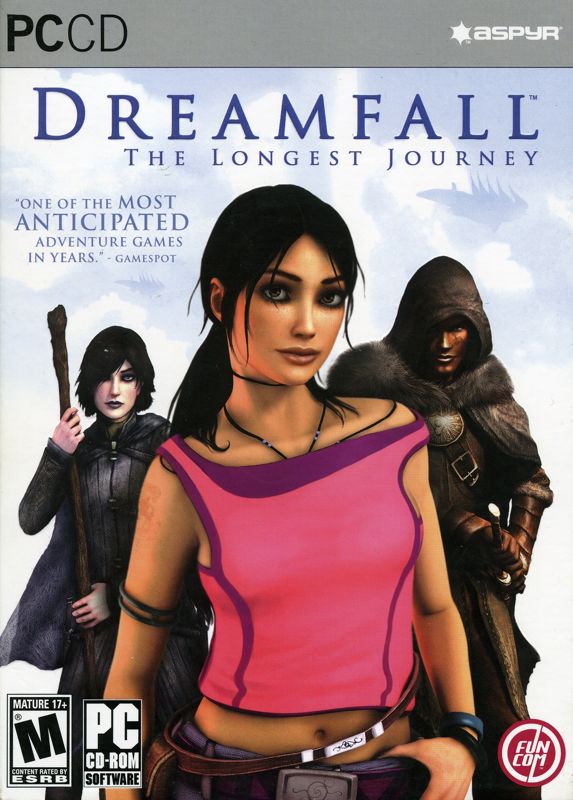
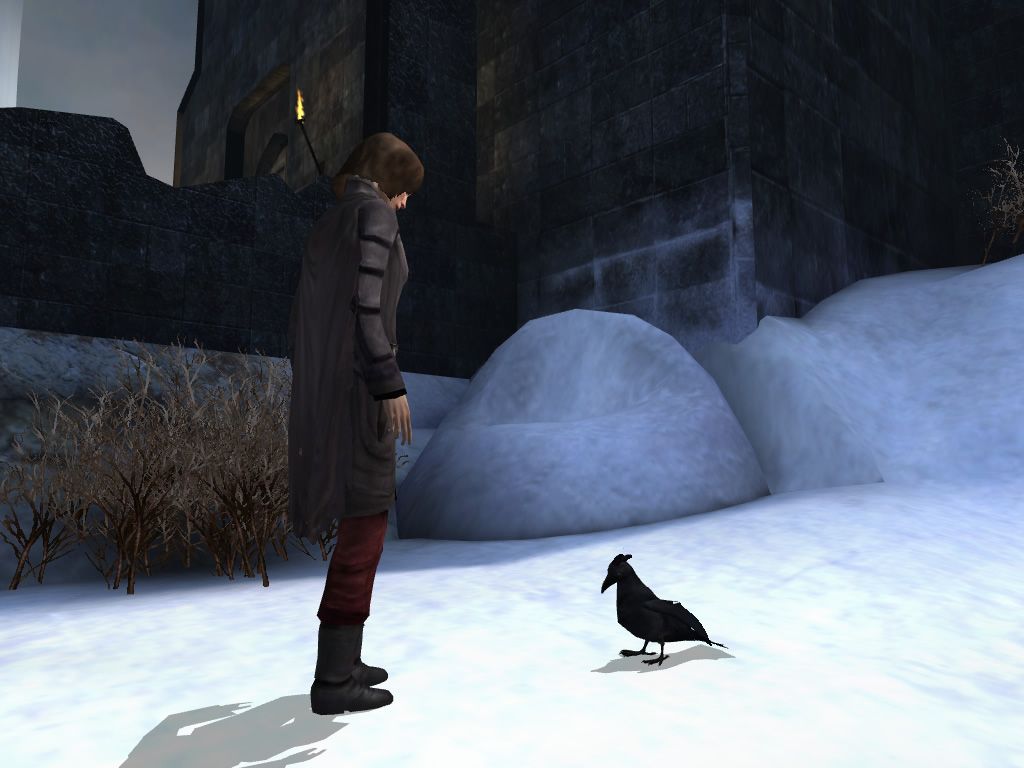
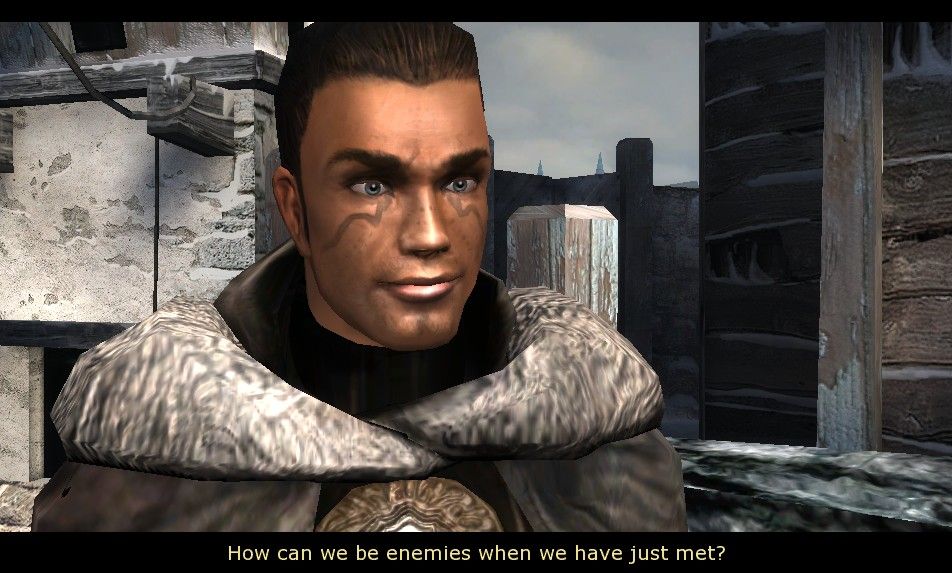
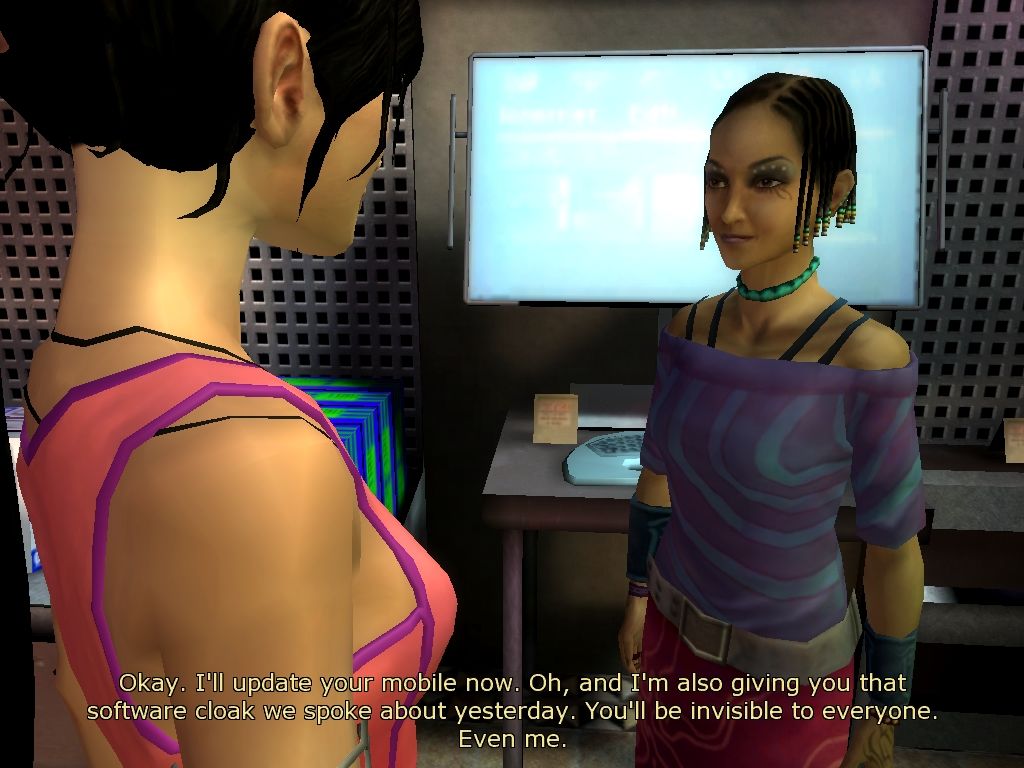
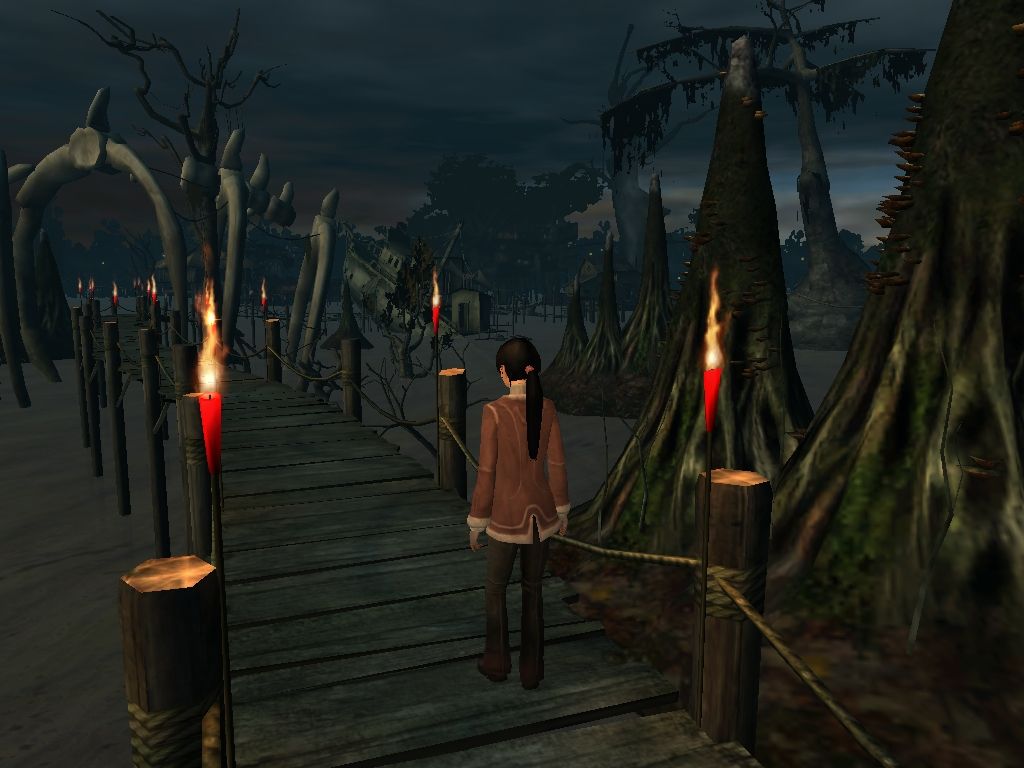
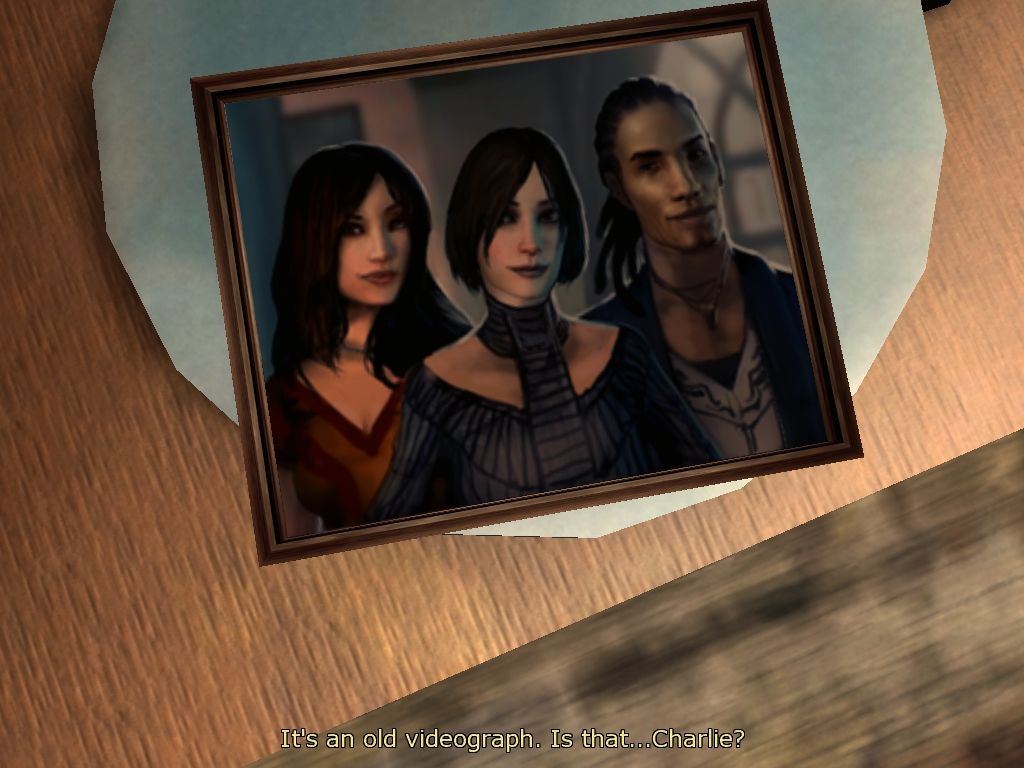


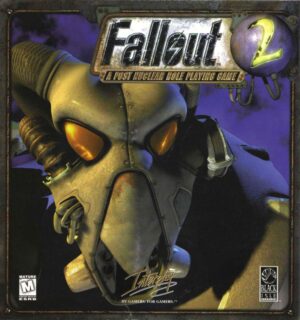
Reviews
There are no reviews yet.